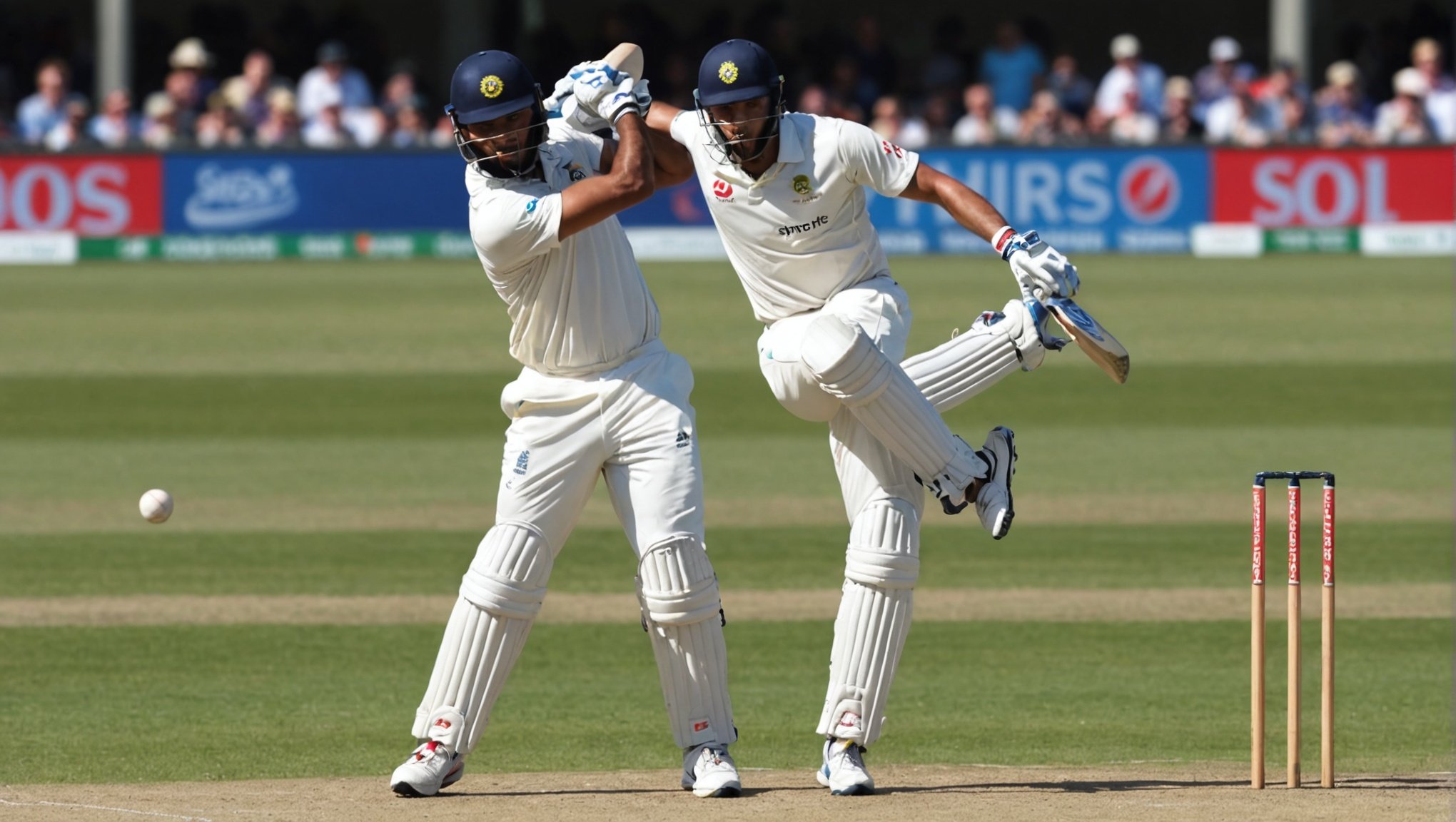Overview of Wearable Technology in Cricket
In the vibrant world of cricket, wearable tech is transforming how players monitor and enhance their performance. These technologies encompass a range of devices, such as smart clothing, sensors, and fitness trackers, specifically designed for cricket performance monitoring. These devices can measure various metrics like heart rate, agility, and motion, enabling athletes to hone their skills further.
The importance of real-time data in sports cannot be overstated. By providing instantaneous feedback, players and coaches can make quick decisions to improve strategy and technique. For example, motion sensors can capture a bowler’s action, breaking down each component to refine technique seamlessly.
Have you seen this : Enhancing Hurdle Technique in Track Athletes: The Power of Real-time Biomechanical Feedback
As for market trends, wearable tech in cricket is growing steadily. With advancements in miniaturisation and connectivity, these devices are becoming increasingly sophisticated yet accessible. From grassroots to professional levels, players are more likely to adopt wearable tech to gain a competitive edge. Moreover, this growing demand is pushing developers to innovate continually, ensuring that the future of cricket remains data-driven and technologically advanced. Whether through smart garments or trackable wristbands, wearable tech in cricket is poised to revolutionise the sport.
Impact of Wearable Tech on Player Performance
In the realm of player performance analytics, wearable technology holds a decisive role. These devices monitor athletes’ metrics during games by providing real-time data insights. Heart rate, speed, distance, and even muscle activity are examples of tracked metrics, offering valuable insights into performance trends.
Topic to read : Crafting a Tailored Conditioning Regimen for Competitive Fencers: Elevate Your Game!
The benefits of real-time feedback are significant. Instant data allows coaches and players to adjust strategies and training regimens, optimising both health and performance. For instance, if a player’s heart rate crosses healthy limits, adjustments can be made immediately to prevent exhaustion or injury.
Wearable technology has shown tangible results in enhancing training and preparation for game days. Imagine a scenario where a player receives personalised insights into their performance, identifying areas of improvement and tailoring exercises accordingly. This not only boosts efficiency but also effectiveness in skill refinement.
Examples of successful use of wearable tech abound. Many football teams employ GPS trackers to analyse player movement, while basketball players often use devices that monitor jump height and mechanics. These applications underscore the potential of real-time data in revolutionising sports training and player development.
Role of Coaches in Integrating Wearable Technology
The integration of wearable tech coaching tools has revolutionised how coaches strategise. By employing these tools, coaches can refine their coaching strategies to be more data-driven and effective.
Data Utilization for Tactical Adjustments
Wearable technology provides coaches with real-time data, enhancing decision-making processes. Coaches gain insights into player performance metrics such as speed, heart rate, and fatigue levels. This data aids in making tactical adjustments that can shift game dynamics in favour of the team, like optimizing player rotation and rest.
Enhancing Communication Between Coaches and Players
Improved communication between coaches and players is vital. Wearable tech coaching tools provide concrete data that coaches can use to convey insights effectively. By interpreting this data, coaches can provide precise feedback, allowing players to understand their performance and areas needing improvement.
Examples of Successful Coaching Implementations
Some have seen remarkable success with wearable tech integrations. Teams have reported enhanced player performance and reduced injury rates. For instance, using data from wearables, a team adjusted its training regime, leading to increased win rates. Such examples showcase the potential for wearable tech to transform coaching strategies across various sports.
Case Studies of Effective Wearable Tech Usage
Within cricket, there are numerous case studies showcasing how wearable tech has revolutionised the game. Teams that integrate these technologies report significant improvements in performance. Notably, Australia’s national cricket team has effectively employed wearable tech to track player movements and optimise training regimens through precise performance data collection.
By comparing performance outcomes before and after the implementation of technology, teams found an increase in players’ stamina and a reduction in injury rates. The data gathered enables tailored fitness plans, enhancing the practice environment and focusing on individual needs.
Players and coaches provide invaluable feedback regarding the effectiveness of these innovations. Players often highlight enhanced recovery times and better understanding of their physical limits. In contrast, coaches appreciate the precise data, facilitating more informed decisions about training intensity and strategies.
Through these technologies, cricket teams can leverage insights to strategize and adapt, leading to more effective game plans and understanding of player capabilities. The integration of wearables in cricket exemplifies how technology applications can yield remarkable results, transforming both practice and in-game performance. Consequently, the adoption of wearable tech becomes an essential tool for teams aiming at excellence.
Future Trends in Wearable Technology for Cricket
Wearable technology is rapidly transforming how cricket is played and analysed. The future of wearables in cricket is anticipated to be shaped by continuous innovation, driven by a need for enhanced performance and strategic data application.
Emerging Technologies on the Horizon
Many emerging technologies are set to revolutionise the sports industry, particularly in cricket. Innovation in sports tech is leading to smart fabrics that track vital statistics and kinetic movements, and AI-powered devices offering real-time analytics. These advancements are expected to provide an unprecedented level of insight into player performance, allowing teams to optimise strategies and improve outcomes.
Predictions from Industry Experts
Experts predict that the future of wearables will heavily focus on integration and customisation. Tailored solutions are likely to become more prevalent, providing athletes with personalised performance insights. This personalisation could extend to predictive analytics, helping to forecast injuries before they occur, ultimately enhancing player safety and career longevity.
Potential Challenges and Solutions
Despite these advancements, the future of wearables in cricket faces potential challenges, particularly regarding privacy and data management. As data collection increases, the risk of information misuse grows. However, implementing strict data management protocols and ensuring transparency can mitigate these concerns, facilitating a secure environment for adopting future wearables in sports.













